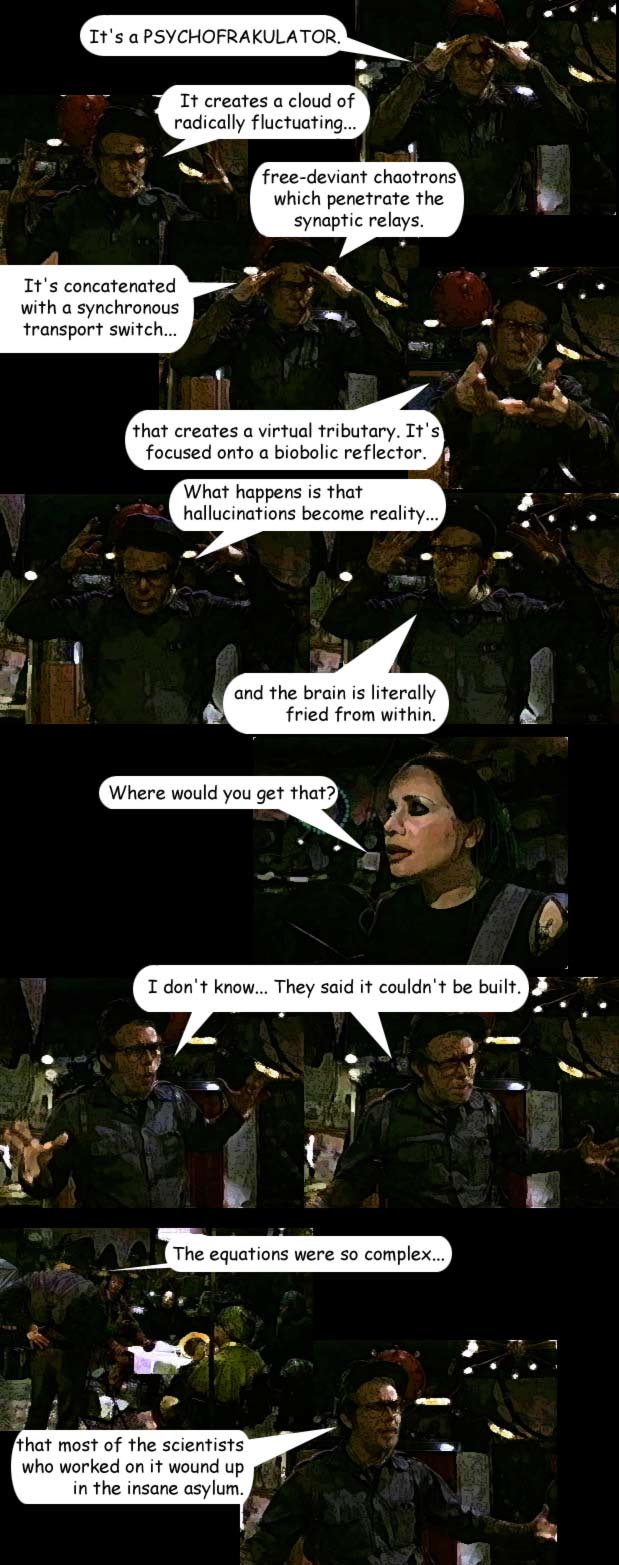Well, I didn't address that at all, but for the sake of this example, let say it was at this point in the model.I guess this is what's confusing me.
Are you saying that space wasn't expanding uniformly...
I'm saying that it is reasonable to expect that in this period of almost unimaginably dense matter/energy that the distribution of that matter/energy would be uniform throughout the entire volume of the universe. The uniform distribution of matter/energy everywhere in the universe negates the effects of gravitation everywhere.or just that matter wasn't being uniformly 'dragged' along through space because in some places it was more gravitationally bound together?
The only way for gravitation to take effect on that matter/energy would be for the braking of that symmetry.
I'm not sure that symmetry braking isn't as hard a concept for some people to grasp as a finite volume universe. I've seen some people have a hard time with concepts that at first I thought were pretty straight forward.
Besides, certain things (like time and velocity) break down at very small distances. So until the universe was of a reasonable size, things like gravity, the speed of light and even before and after aren't well defined.
But at a stage where these things would be well defined, certain aspects (like gravity) can't come into play until at some point in space the matter/energy distribution is different from the rest of the universe (basically, clumping)... that would be the foot hold gravity would need to get it's start in the universe.
Again, one need only look at the universe as we have mapped it so far to see the web like structures formed by galaxies. They aren't randomly (or evenly) distributed. The pattern they display echo's the braking of symmetry in the early universe.
Sadly, these subjects generally lead down one path... at some point posting in a thread can't answer a question that takes years of course work and study to have reached an understanding of that answer in the first place. It is easy to forget what it took to reach a certain understanding and then get frustrated when a handful of words doesn't convey the meaning one would hope. All too often answers rely on a previous understanding of other topics just as deep as the one being asked about.



